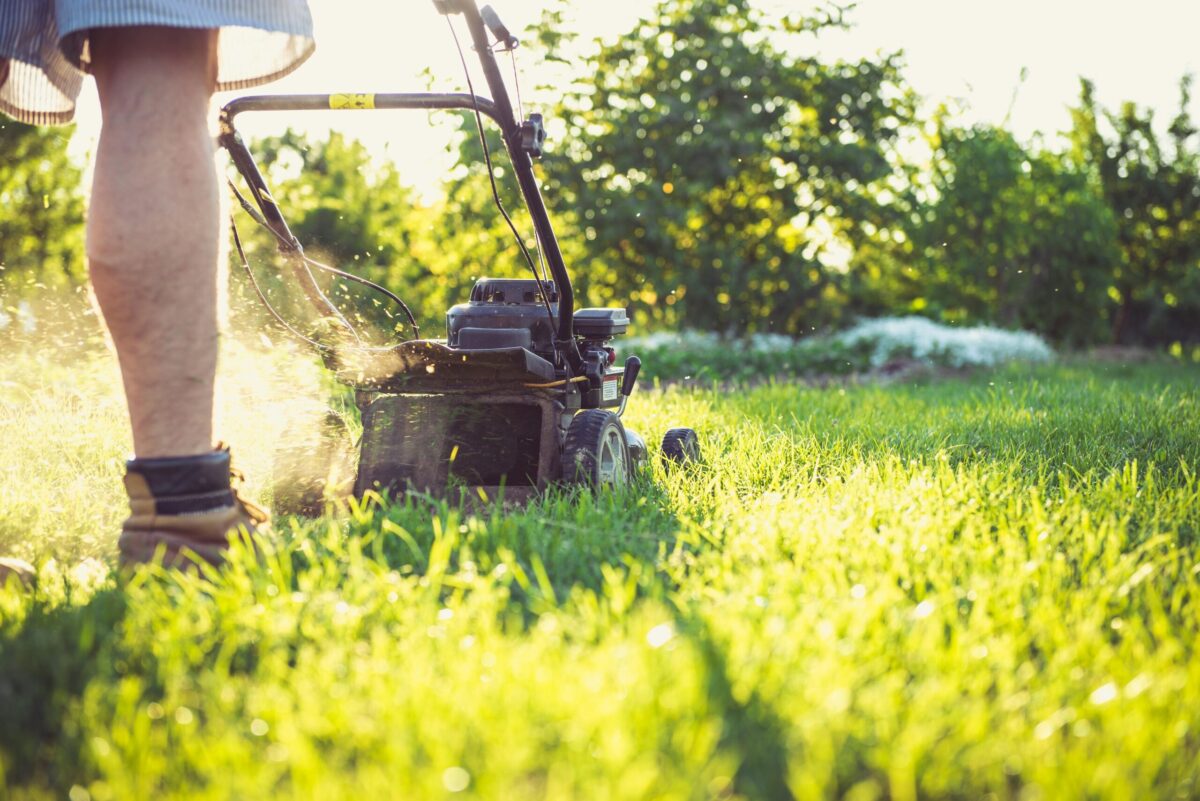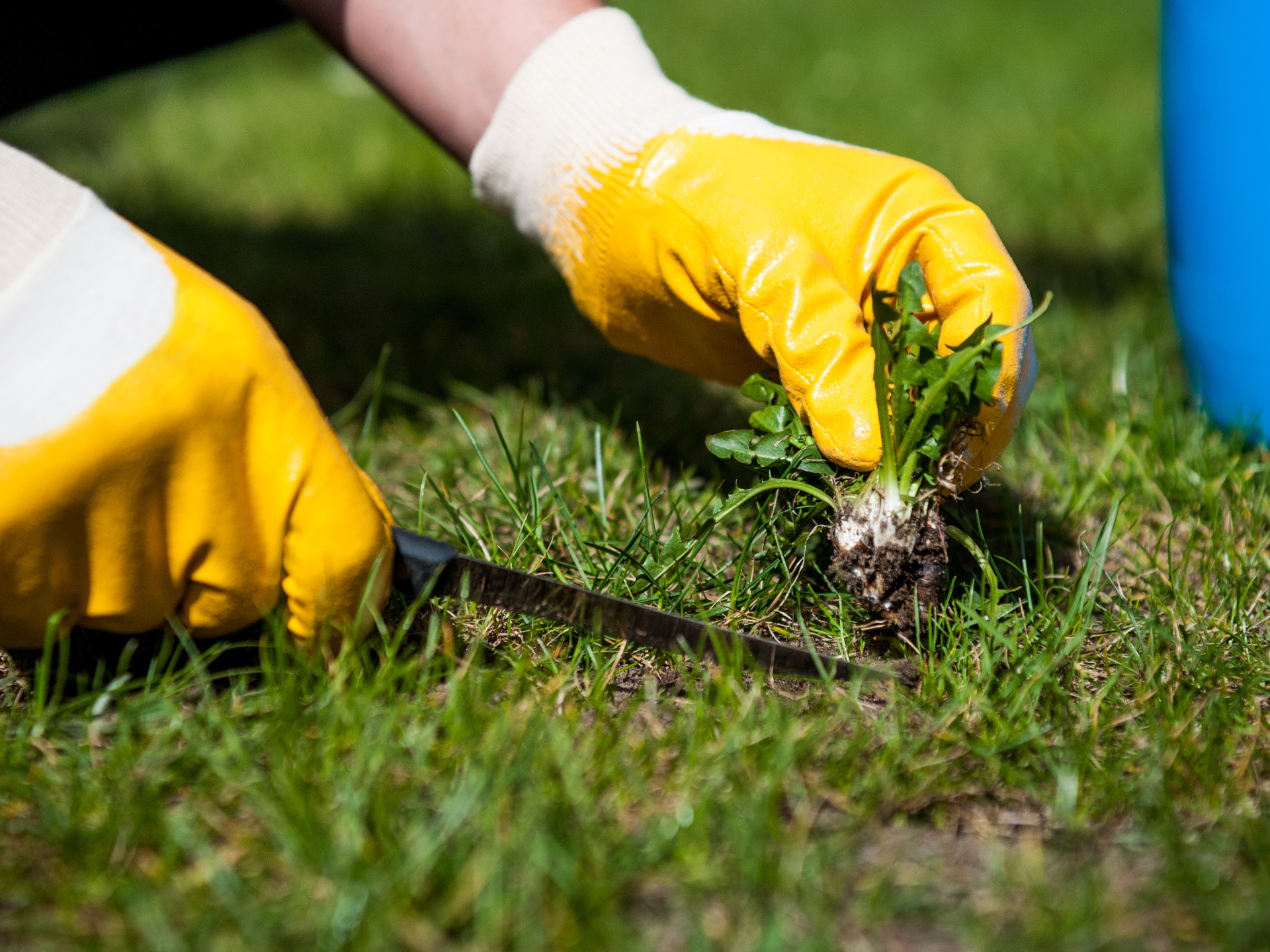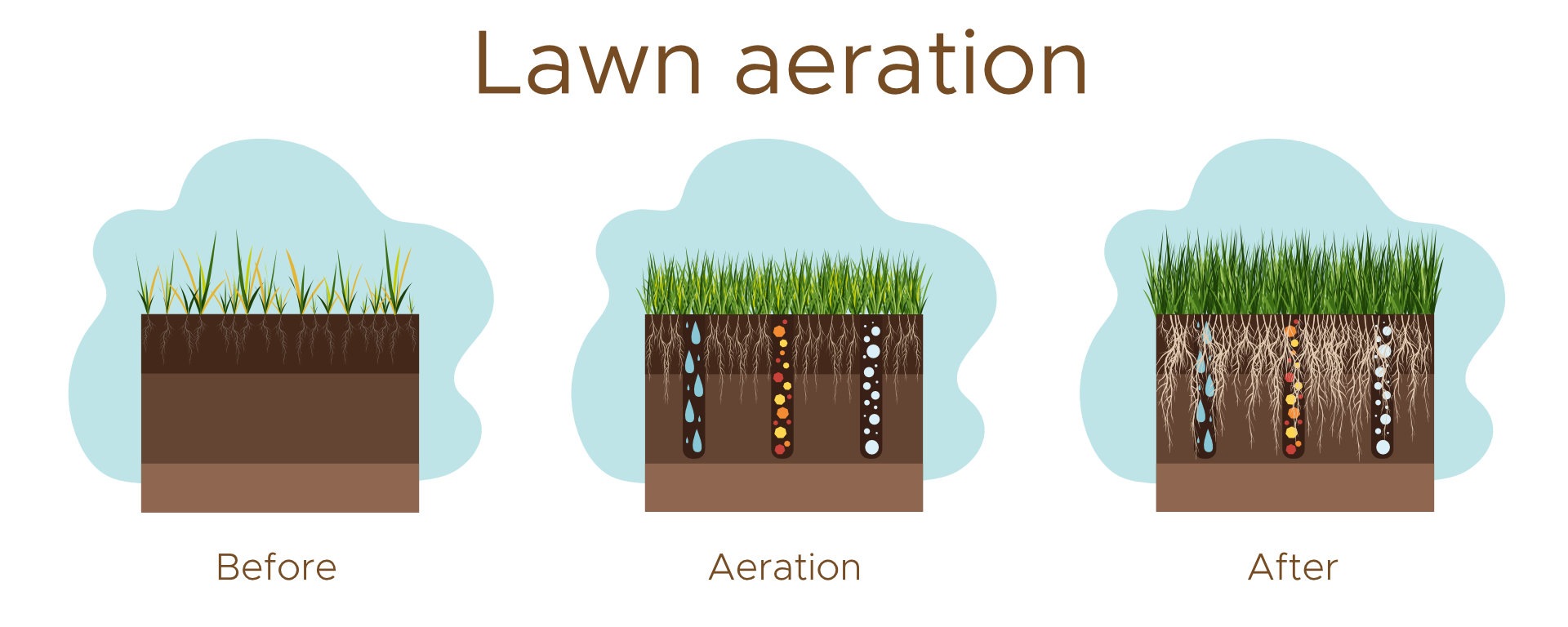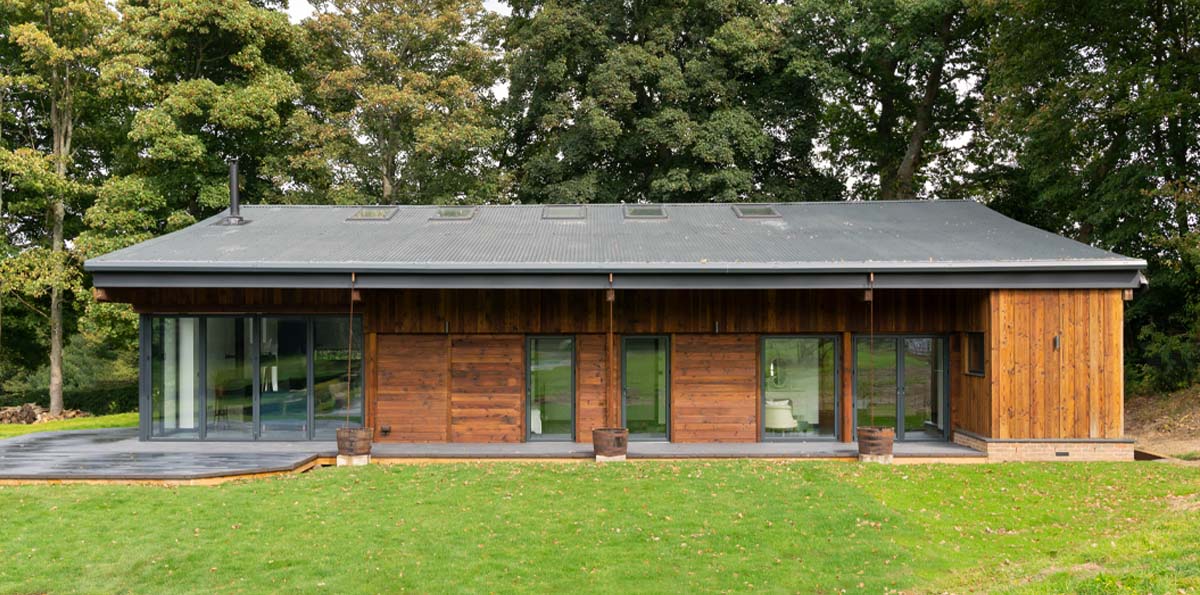How to restore your lawn after Winter
The experts give tips to restore your lawn in Spring, so that it looks good for the rest of the year
You’ve been staring out of your back window at a less-than-inspiring patch of lawn. It looks more like the last day of the Glastonbury Festival than the English country garden you promised yourself. It’s waterlogged, it’s patchy, and ugly weeds are thriving in the sodden turf. It’s high time you restored your lawn.
Here’s the problem. The weather is becoming increasingly erratic. We’re experiencing more frequent periods of sustained wet weather thanks to increasing temperatures. According to the Met Office the winter of 2023-24 was the warmest and wettest for just under 140 years.
Spring is the ideal time to revive your lawn after this soggy winter, so we spoke to two of the UKs most respected lawn experts to get the lowdown on how to create a lawn that doesn’t just look good, but is hardwearing, resilient, and even sustainable.
Not all lawns are made the same
“There’s a good reason why the lawns in older housing stock seem to have much thicker, fuller lawns than the ones you’ll find in new build housing,” says Chairman of the Lawn Association David Hedges-Gower. “It might seem like older generations of gardeners have that magic touch, but it’s likely down to the species of grass that are in established gardens that takes at least some of the hard work out of getting great looking grass.”
His radical, and thankfully simple, method for improving your lawn after the winter is that “as gardeners, we often talk about having the right plant in the right place, but this wisdom doesn’t seem to stretch to our lawns.”
Sow native grass varieties
David is enthusiastic that we should look at what grows naturally in the UK and try to work with nature, rather than against it. “Using the right grass species can make lawn care really simple,” he says. However, the most common lawn seed variety you’ll find on the shelves of garden centres is rye grass.
This fast-growing grass variety has been popular as a forage crop for cattle for millennia. It has also made its way into our gardens, mainly because it yields quick results. The problem with this speedy-growing grass is that it can die off quickly and isn’t particularly dense.
Unlike some native grasses, ryegrass doesn’t develop a very extensive root system. For example, common bent grass thrives in diverse environments, from river valleys to mountainsides, thanks to its deep roots. This advantage allows bent grass to endure periods of both heavy rain and drought. In contrast, our reliance on ryegrass means we might miss out on the benefits of deeper root systems for our lawns.
Choosing a hardy native grass seed blend to overseed a struggling lawn is one of the most straightforward ways to ensure that your lawn will thrive throughout the Spring, Summer, and beyond. Add a quality natural fertiliser, and you’re giving your grass the best chance to flourish.
The first spring cut
The first cut of the spring growing season is crucial if you want to promote a healthy and happy lawn. Paul Hicks, Marketing and Product Manager at STIHL Great Britain, says that “the first mow in spring is crucial to promote dense growth of your lawn. When there’s no further chance of frost, and temperatures have stabilised to around 10°C, you should start your regular spring routine. Mowing at least once a week, or twice if your lawn is growing more than 2.5cm per week.”

Image credit: Pexels
Weeding, a continuous process
Little and often is an effective way to approach weeding. When it comes to removing annoying weeds, it’s much easier to grab a small handful each time you’re out in the garden rather than set aside an entire gruelling afternoon to rid your grass of its vigorous perennials.
Leaving a patch of weeds alone is also beneficial for a healthy garden though. Promoting a diverse ecosystem in your green space attracts a wide range of benefits for both you and the natural world and can help rewild your garden. Plus, it’s one lot of weeds you don’t need to worry about.

Aerating compacted soil
Heavy foot traffic, games of football, the odd garden party, and months of relentless rain will all hurt the soil underneath your lawn. Every time pressure is put on the soil it gets squeezed, and the essential little air pockets and cavities that allow water to flow through the soil and beneficial bacteria to grow are compacted.
Soil compaction results in a boggy lawn that won’t drain water. This makes the soil less able to harbour life, and results in poor grass growing conditions. To improve the soil structure, you need to aerate the lawn after winter. Installing a sustainable drainage system will help to prevent waterlogging in the long run.
The traditional method of restoring a lawn after winter by aeration is with a simple garden fork. Once spring rolls around and your grass is growing well, you simply push the tines of your fork into the soil to make holes for air and water to penetrate the ground. There are plenty of other ways to aerate your soil, using devices like spiked shoes, rollers, and even powered aerators for large lawns.
For areas with clay soil, which compacts more easily, lawn sand can be used as an additional step to prevent the soil from closing up, improving aeration.

Scarification and mulching
Alongside aerating your lawn, you can repair winter lawn damage by removing thatch, or the build up of too much dead material inside the lawn. According to Paul, “Spring is the best time of year to scarify as your soil will recover quickly, and your grass will be growing strongly.”
He went on to tells us that “Mulching is a gardening task that can save you time, money, and effort, using garden waste as a source of nutrients to keep your soil healthy. Mulch mowing (where you let the clippings fall rather than collecting them) is great for your lawn’s overall health by returning nutrients to the grass.”
The robot revolution
For a hands-off solution that can restore your lawn after winter, one of the newest developments in garden maintenance is the robotic lawnmower. Although expensive, these devices can have a positive effect on your grass, and you won’t need to lift a finger.
You might be surprised to learn that robot mowers can make significant improvements to your garden without much input from you. The concept behind robot mowers is different from that of a traditional walk-behind mower, whether it’s a manual push-along type or a ride-on mower for large paddocks.
Instead of leaving a week between cuts and removing the clippings, a robotic mower cuts most days of the week, taking just a couple of millimetres off at a time. The miniature grass trimmings fall onto the grass and function as mulch that feeds the lawn.
Reviving a lawn over time
The final thing to remember is that renewing your lawn won’t happen overnight. By carefully scarifying, aerating, fertilising, and mowing your grass throughout the growing season, you’re giving it the best chance possible.
You can’t control what the weather will do next, but you can give your grass all the help it needs along the way.










